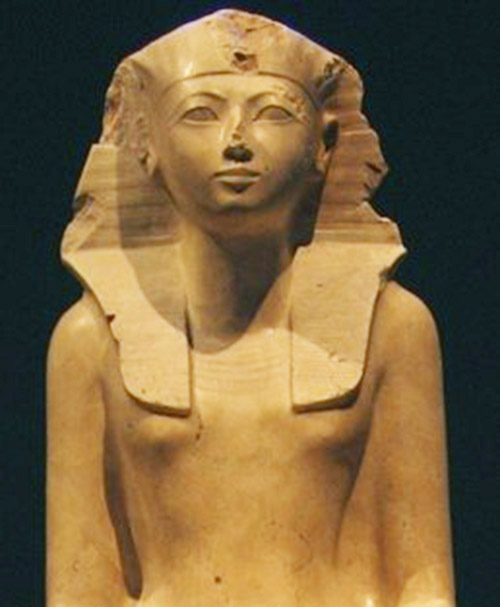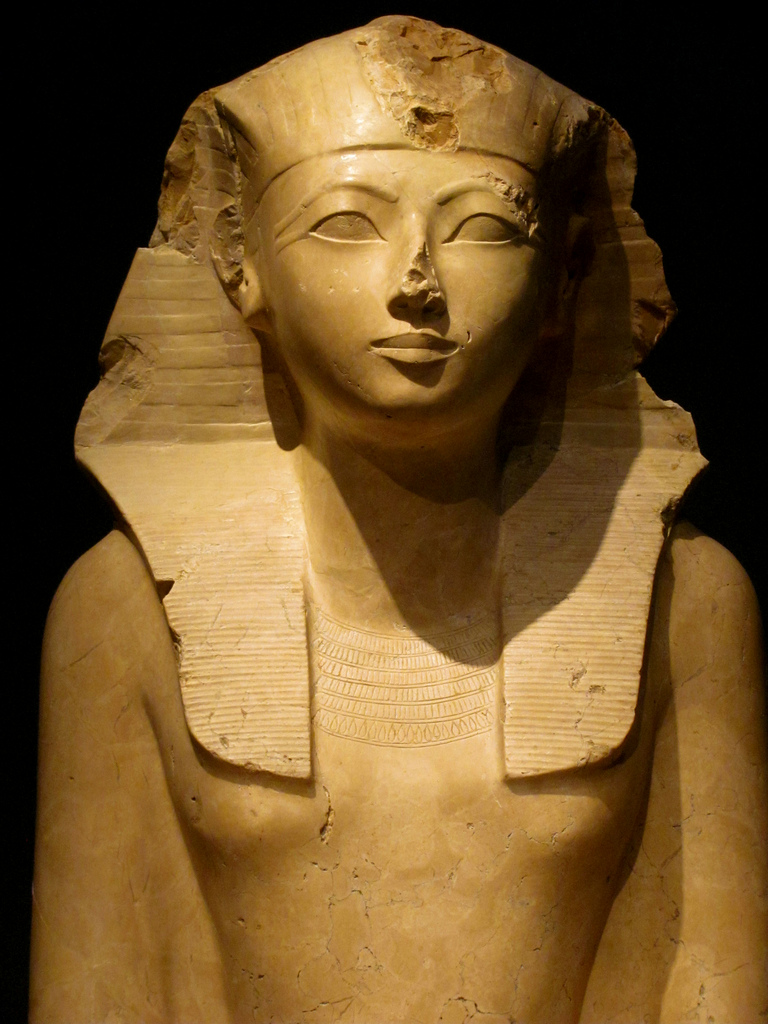
Introduction
Hatshepsut was one of the most successful pharaohs in ancient Egypt. She was the fifth pharaoh of the 18th dynasty and ruled for about 20 years. Her reign was marked by peace, prosperity, and great accomplishments. But what part of Egypt did Hatshepsut rule? In this article, we will explore the geographical area that Hatshepsut ruled during her reign.
Hatshepsut's Early Life and Ascension to the Throne

Hatshepsut was born in Thebes, the capital of ancient Egypt, in 1507 BCE. She was the daughter of Pharaoh Thutmose I and his wife Ahmose. Hatshepsut was married to her half-brother, Thutmose II, who succeeded his father as pharaoh. When Thutmose II died, their son, Thutmose III, became pharaoh, but he was too young to rule. Hatshepsut became the regent and ruled on behalf of her stepson.
Hatshepsut's Rule

Hatshepsut ruled over the New Kingdom of Egypt, which was located in the eastern part of the North African continent. It included the Nile River Valley and its delta, as well as parts of the eastern Mediterranean coast. Her capital was Thebes, where she built many temples and monuments.
The Expansion of Egypt

During Hatshepsut's reign, Egypt continued to expand its territory. She sent expeditions to trade with other countries, such as Punt, which was located in present-day Somalia. She also sent military expeditions to the south, to Nubia, and to the east, to the Sinai Peninsula.
Hatshepsut's Building Projects

Hatshepsut was known for her building projects, which were some of the most impressive in ancient Egypt. She built many temples, including the Temple of Karnak, the Temple of Luxor, and her own mortuary temple, the Temple of Hatshepsut at Deir el-Bahri. She also built obelisks and statues, some of which are still standing today.
Hatshepsut's Legacy
Hatshepsut's reign was one of the most prosperous and successful in ancient Egypt. She left a lasting legacy of great accomplishments, including her building projects, her expansion of Egypt's territory, and her peaceful reign. Despite attempts to erase her from history, her name and achievements have survived to this day.
Conclusion
In conclusion, Hatshepsut ruled over the New Kingdom of Egypt, which included the Nile River Valley and its delta, as well as parts of the eastern Mediterranean coast. Her capital was Thebes, where she built many temples and monuments. Her rule was marked by peace, prosperity, and great accomplishments. Hatshepsut's legacy has inspired many historians and scholars to study her reign and explore the wonders of ancient Egypt.